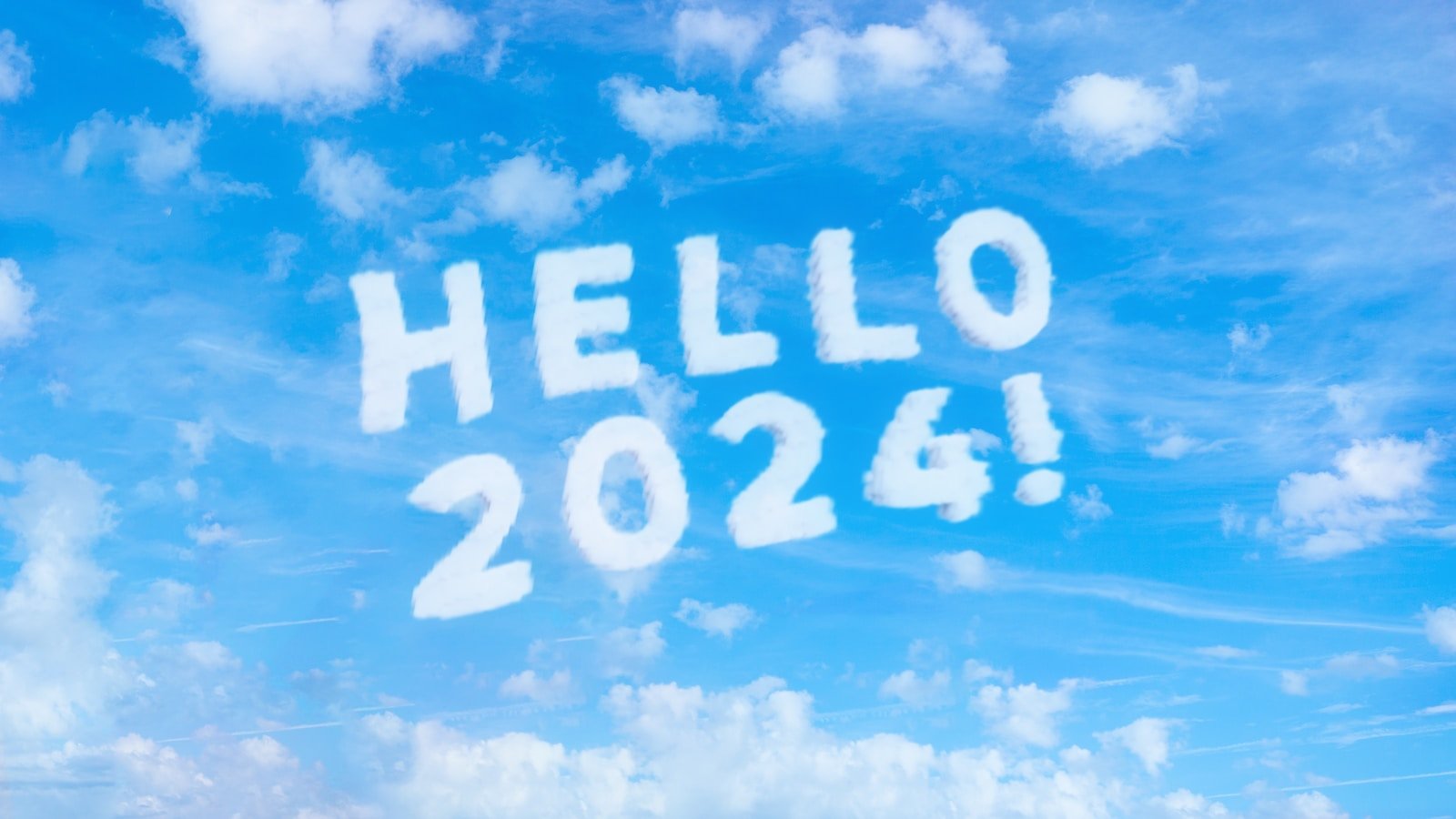Americans top financial resolution for 2024 is to pay down debt, according to a survey from Bankrate.
There is good reason for this as credit card debt balances hit a record $1.08 trillion dollars. This is more than the entire debt of the European Union! And this is only for credit cards. The increase year on year has never been so bad. And you can be sure that it will be worse in 2025, 2026 and, you guessed it, 2027.
The problem is that credit cards are not being paid off at the end of the month. Bankrate found that nearly half of all credit card holders carried their balance over to the next month. With credit card interest rates hitting 25% and beyond for regular credit cards, the hole just gets bigger. For 47% of credit card users, the credit cards don’t ever get paid off at the end of the month. Punishing interest rates are applied and the debt gets bigger. The banks love it. But the credit card holders are not loving it so much.
Household Debt in America $17.29 Trillion
- Mortgage $12.14 trillion,
- Student Loans $1.6 trillion
- Auto loans $1.6 trillion
- Credit Card $1.08 trillion
Federal Reserve Bank of New York, 2023
Student loans, and auto loans, were two other sore points for borrowers in 2023. The total Student Loan balance was nearly the same as the total credit card balance. So was the total Auto loan balance. These debt traps have caused hardship for many Americans. And it has strengthened the resolve of some borrowers to paydown as much of their student loans as possible in 2024.
There are two main roads to achieving this:
Debt Snowball; and the Debt Avalanche.
Both have their pros and cons. But they are popular because they work.
Debt Avalanche
The debt monster is tamed by paying off the worst offender. This is the largest debt you have. If you are being extreme, you would start with the mortgage (but this might be a balance you skip for the time being as it might be too long). A typical path might be: medical debt, to student loan, to auto loan, then to credit card(s), and last to fines. That’s if the medical debt is the biggest and the fines are the smallest. By paying off the biggest debts first, you weaken the debt monster, and reduce the total interest burden.
There are two variations to the Debt Avalanche.
Andes Avalanche
If you approach the debts largest to smallest, then it’s like you’re climbing the Andes mountains. You climb the biggest one first, Mount Aconcagua, in Argentina, and throw your medical debt off into the wind. Next climb is Ojos Del Salado, and your student loan gets frozen and cracks into a million pieces. Then it’s Monte Pissis, which no one has heard of, but that’s where your auto loan gets pushed off the edge. And then you get to climb down to the valley financially free.
Interest Avalanche
This approach focuses on the largest interest rate and works its way through to the smallest. If credit cards are punishing you with 20%+ interest rates, but student loans are at much smaller interest rate, then the credit cards are where you start first. Then you make your way down to the lower interest rate debts. Prioritzing high-interest debt may save money in the long run.
Debt snowball
For the Debt Snowball, you make a list of your debts and start with the smallest debt and pay that off. This type of debt may be a fine or a store card, or even money you owe to your relative. The smaller the better. Forget about interest rates for the time being. As you pay off the smallest debts, your momentum builds. The psychology of progress gives you a feeling of a quick win. This builds your motivation to continue paying off the next debt. For every debt you pay off, make sure you celebrate your win. This reinforces the pleasure you get as your debt disappears, and gives you motivation to continue with the Debt Snowball.
Choosing the best method comes down to how quickly you can pay off your debts. If rapid repayment is possible, then it won’t matter so much about interest rates. So the Debt Avalanche would make more sense. For large debts that require a long period of time to pay them off, minimising interest rates will be important. In this case, the Debt Snowball may be better.
Action Plan Essentials
Budget
If you are serious about paying off your debt in 2024, then you must be serious about having making a budget. A budget will tell you what you can and can’t do. And then let you know how much is left over for you to live on. A rapid debt payoff program will make the budget seem kind of mean and hard. But it won’t be forever. Only until the debt is paid off.
Negotiate
Before either method is used, negotiate with your lenders to see if you can get better terms for your student loan, credit card, mortgage, or auto loan. The lending institutions may seem in a much stronger situation than you, but they have a weakness. If every borrower is not able to pay them back, then their model collapses. They become bankrupt. So the lenders are still interested in you paying them back even if you are struggling. So they will be interested in hearing from you if you want to payoff your long-standing debt. Call them and explain your situation. Can they offer you any deal so you can pay back the debt. Can they get you on a lower interest rate. How can they help you, so that you can help them?
50/30/20 Plan
If you really are finding it hard to put a budget together, you may need a quick and easy plan. One basic plan is the called 50/30/20. For debt payoff, it might be modified as:
Needs. 50% of your after-tax income goes on needs and obligations like rent, food, utilities and bills.
Debt. 30% of your after-tax income goes to paying off debt.
Wants. 20% of your after-tax income goes on things that might make living worthwhile (but not crazy things that you don’t really need).
It’s not exactly going to set the world on fire. But it might be a start if you’re climbing out of a hole and can’t face preparing a budget just yet.
Boost Income
In 2024, conquering debt isn’t just about tightening your belt. Side hustles can be your secret weapon to paying off debt. It might be online tutoring, crafting and selling your homemade wares, freelancing your writing skills, working an online gig, or providing extra value to local businesses. Every extra dollar you earn can fast track your debt repayment. It means that the debt horizon shrinks and the reality of financial freedom comes sooner.
Listen to Nick Loper at the Side Hustle Show. Others have been there and done it.
Track Your Progress
Visualizing your debt payoff is an essential part of keeping on track. Having something as simple as a chart on your refrigerator, or a white board in the corner of your room, may be the visual cue that you need to stay the course. Keep the balances of all debts in front of you where you can see them. Experiment with online tools and tracker tools that work for you. If you were asked today what debts you have, and how much are they, what would you say? If you don’t know, then your chances of making progress are not good. So keep the progress of your SMART debt goals front and foremost.
Get a Support Network
Coping with debt can be overwhelming. Especially when the debt repayments are always pressing but never ending. This is when having a support network may be the key in 2024 to pushing you over the line. Look for people who are engaged in the same mission as yourself. Reach out to them online or in person. See if there are friends and family who can provide emotional support, especially if they are aligned to what you are doing. Listen to the podcasts in the car. Watch the YouTube videos. Read the books. Be engaged.
Above all, don’t be in this same situation in 2025!


